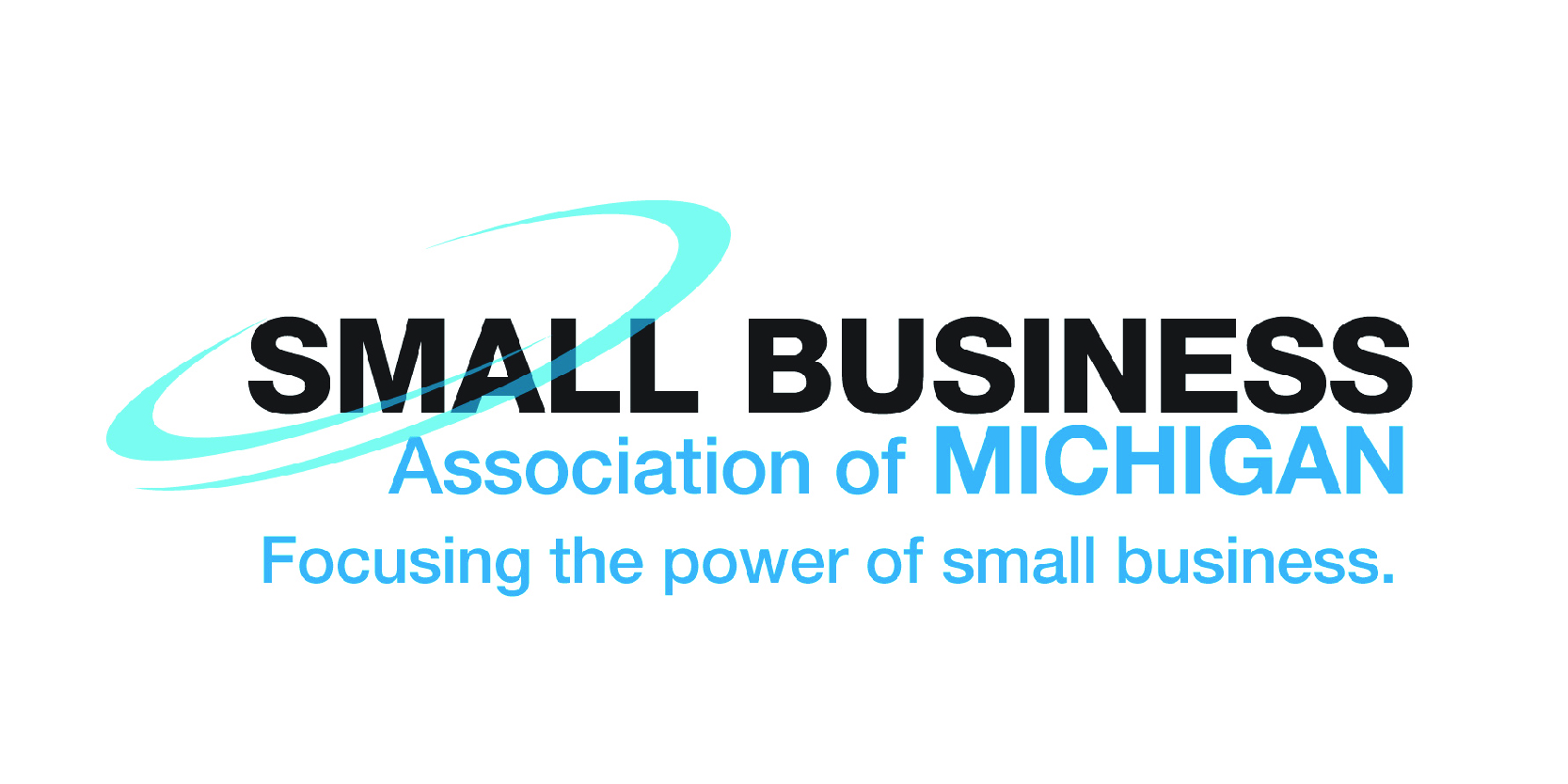As we closed out 2023, unions continued to win recognition elections at a rate of almost 75%. In 2023 this percentage is from 1,316 certification elections run nationally. This included an overall win rate in September, 2023 of 91%. This win rate was for recognition certification elections – also called RC elections.
The 2023 win rate for a second type of union organization election called an RM election ran at just over 71%. RM elections are petitions filed by employers as a result of an employer requesting an election be run. This would be because a union has demanded recognition, and the employer is forced to either give it or ask the NLRB to run an election to prove the union has a majority of workers supporting it. These types of elections are on the increase due to an August 2023 Board decision called CEMEX requiring employers to petition for an NRLB election if presented with a union’s demand for recognition.
In each case, the election is run by the National Labor Relations Board (NLRB).
Why should this matter to non-union employers? Many reasons, but four big ones are:
- Unions are riding a wave of social and media promotion giving them a renewed luster in the eyes of young workers.
- Unions have had recent success with several high profile strikes and contract settlements that demonstrate to workers that unionization might help them get better economic terms and treatment from their employers.
- The NLRB continues to issue new rulings that tilt labor law in favor of unions.
- The Biden Administration continues to implement government policy that supports organized labor across many other industries. One example of such government policy implementation is recent changes to the Davis-Bacon rules (construction contracting) that arguably prevent non-union employers from the federal government bidding process unless they unionize or subject themselves to collective bargaining.
With these strong tailwinds, unions are doing everything they can to ramp up organizing activities, and this is where non-union employers have to prepare their workplace. How? Non-union employers have to know what their employees think about them and what their workers perceive the benefits of being in a union may be. This knowledge can be achieved by training supervisors and managers on how to listen and respond to questions or concerns voiced by their employees. This can also be through regular or periodic employee opinion/engagement surveys that check what concerns the employees have about the workplace.
A recent report about union organizing tactics shows union organizers, good union organizers, understand how to reach out to workers and get their ear. Union organizers are no longer trying to sell the benefits of being in a union to workers they talk with. Rather they are asking “what would you like to see improved in your workplace?” – and listening to the worker. This gives the organizer all the information they need to campaign on and be heard.
A second important component of staying ahead of the union organizers is again, training supervisors and managers on what not to do. Such as do not engage in favoritism. Do not implement discipline inconsistently. When an employee has a concern, listen and respond. Do not ignore.
Thirdly, know how your organization’s compensation package stacks up in the labor market. It does not have to be the best, but management should be able to explain why employee pay and benefits are what are. Why does one job make more or less than another job? Why isn’t our organization’s pay or benefits the same or better than another organization’s? These are tough questions that require a solid response. The immediate response may not be what the employee would like to hear, but if it can be explained by management, it will provide employees with more than what they would understand themselves or hear from an organizer. It also allows the employer to get out ahead of issues that may grow against them around employee relations.
To conclude, implement training for supervisors and managers on how to listen and engage with workers. Train supervisors on what not to do, particularly during organizing campaigns. This includes knowing relevant labor law in order to avoid charges of unfair labor practices that can now be taken to the NLRB and, under CEMEX, can now be used to organize without an election. Know how to respond to questions about compensation and economics by workers.
Doing the above will remove a lot of “oxygen” from the union’s organizer’s room and in turn lower the percentage of wins the unions are currently experiencing and result in an engaged workforce.
ASE can help with all of the above. ASE offers monthly supervisor training through its Principles and Practices of Supervision classes. Classes are also offered on labor law and union avoidance. ASE also provides engagement survey services that can provide valuable information about how your employees think about your organization and lastly, ASE’s annual compensation surveys provide all the information you may need to ensure your pay and benefits are competitive. For more information about ASE services, resources and training classes contact any of our staff through the ASE Hotline.
Source: LaborUnionNews.com News Digest (12/28/2023).
By Michael Burns, courtesy of SBAM-approved partner, ASE.
Click here for more News & Resources.
####
The Small Business Association of Michigan focuses solely on serving the needs of Michigan’s small business community through advocacy, collaboration and buying power. Today they serve over 32,000 members in all 83 counties of Michigan. SBAM is located in Lansing, just one block from the Capitol.
Images courtesy of SBAM















